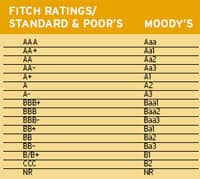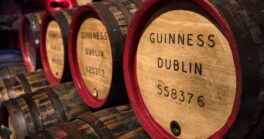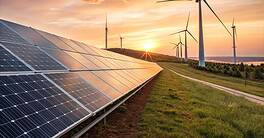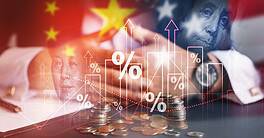Global Finance selects the Worlds Safest Banks, the 50 institutions with the highest ratings from the leading international credit ratings agencies.
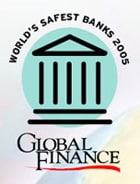
For the first time in many years, Germany has lost its stranglehold on the top echelon of the worlds safest banks list. Last year five of the 10 safest banks were German. In this years top 10 there are just three. Landesbank Baden-Wuerttemberg and Bayerische Landesbank have plummeted from their number-two and number-three spots to 40th and 41st. Their precipitous slide down the table has nothing to do with any changes at the banks, though. Instead, it is the result of a European Union competition commission ruling that stripped the state guarantees from Germanys part-state-owned Landesbanks. As a result, the two Landesbanks lost their coveted trio of triple-A ratings from the major agencies.
The dramatic change in the ratings of the Landesbanks has shaken up the entire list of the 50 safest banks. Britains Lloyds TSB and Barclays have both joined the top tier alongside another new arrival, Switzerlands UBS. Further down the table the upheaval continues. Frances Crdit Agricole has jumped from 27th to 18th place. Belgiums Fortis Bank, which last year scraped onto the list at 50th, this year has vaulted to 38th. Newcomers to the list include the United States Fifth Third Bancorp and Singapores DBS Group while Bank of America has leapt onto the list at the number 19 spot.
As always, we have constructed our ranking based on size and credit quality. We began with a pool of 500 of the worlds largest banks by asset size, collated from Bureau van Dijks BankScope, a database of financial information covering 11,000 global banks. We then applied ratings from Fitch Ratings, Moodys Investors Service and Standard & Poors, with appropriate weightings. Where there was no published rating from any one agency, one was inferred, but with a penalty applied. Banks with a rating from only one of the three agencies were excluded from the list. Where banks were rated equally by all three ratings agencies, or had equal inferred ratings, the largest of the banks was awarded the highest ranking.
| |
|
Dan Keeler
